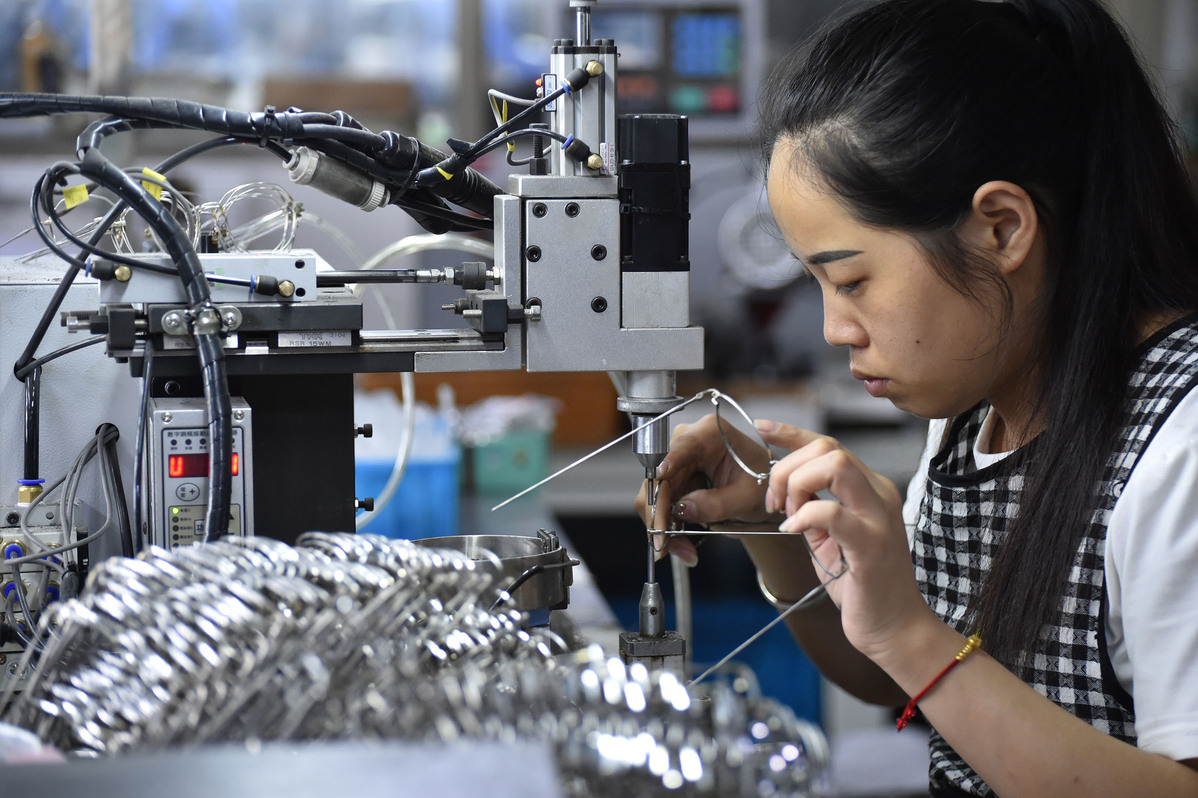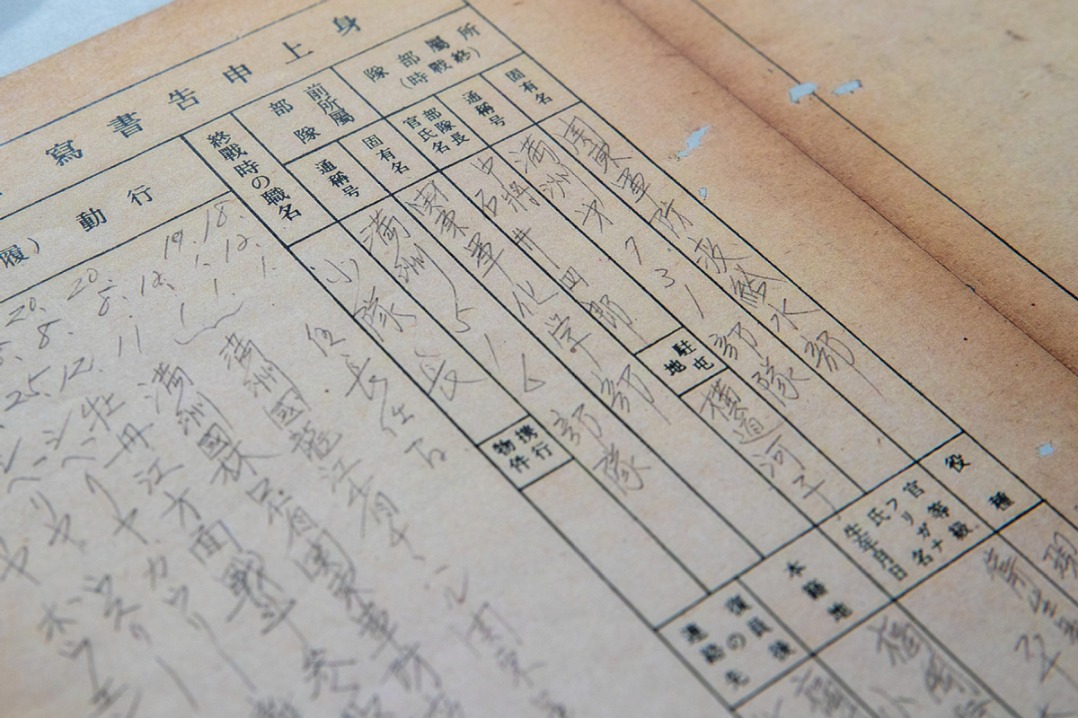Hidden magic of county-level economies
By Zhong Nan | China Daily | Updated: 2019-12-09 08:12

About 420 kilometers from Guanyun county, workers from Caoxian County Huifengyuan Wooden Products Co are also busy to put pet casket wood and wood coffins engraved with dragons and phoenixes, into the container trucks in Caoxian county in East China's Shandong province. These goods will be shipped to Japan via Weihai Port, another coastal location in Shandong.
Traditionally famous for its timber processing skills in China's northern region, about 70 percent of its coffin products, made by around 2,000 wood processing factories, are exported to Japan annually, which faces a rapidly ageing population. In addition, other related items such as cinerary caskets, memorial tablets and sacrificial altars are also popular in many Asian countries.
This business received a push from China's cremation policy to save valuable farmland and change traditional burials, as well as from trade globalization. However, it still has a place in Japan backed by its accumulated skills in the timber processing business.
"Japanese clients are strict with details, from raw materials to sizes and decorations, or even smells," said Tian Liang, a manager at Dehong Wood Product Co in Caoxian county.
The company currently partners with four listed companies in Japan, and has exported more than 200,000 coffins to the country, with an annual revenue of more than 90 million yuan.
To secure their market share in Japan-the county's biggest overseas market for coffins and related funeral products-many local businesses have also studied their clients' demands relating to coffin weight, carvings, appearance, designs and materials. For instance, they make coffins decorated with sakura elements during the flower's blooming season in Japan.
Huang Qunhui, an industrial economics researcher at the Chinese Academy of Social Sciences in Beijing, said coordinated development in a region relies on county-level economies, which helps bridge the economic coordination among medium-sized and large cities in a region, and helps optimize resource allocation.
"There is no way that a region can develop well if it has weak county-level economies," Huang said.
To boost county-level economies, it is important to devise development strategies based on geographic locations and regional resource advantages, to forge an industry chain that suits the development of the region, instead of blindly copying development models of others and chasing after hot industries, he said.
By June this year, China counted 1,879 county-level economies, including 375 county-level cities and 1,335 counties, according to data from the Ministry of Civil Affairs.
For 15 years now, Kunshan city in Jiangsu province has been topping the list of China's top 100 counties and county-level cities. Its rankings for China's top 100 counties and districts revealed the most economically vibrant county-and district-level regions, the Research Institute of Development Strategy for Small and Medium Cities said in October.
The county-level city of Kunshan has a strong economy with dozens of industrial clusters, and 912 companies, each of which has an annual output value exceeding 100 million yuan.
East China, especially the region's coastal areas, has the largest number (62) of counties making the list.
China's reform and opening-up began with its coastal areas. East China got into global trade and resources allocation earlier than the other regions, and so had the early advantage to attract foreign capital and form industrial chains, said Zhou Mi, a senior researcher at the Chinese Academy of International Trade and Economic Cooperation.
He said many county-level economies' development is still weak in many parts of China, especially in its central and western regions.
So, it is critical to ensure development directions based on geographic locations and regional resource advantages in these regions, to build an industry chain that suits the development of the region, he said. It is not a good idea to copy industrial models of others or to blindly chase after hot industries that demand a large amount of initial investment.
To further ease the burden on SMEs, especially those in the country's western and central regions, the Chinese government introduced a series of tax reforms since 2018. It plans to cut the tax burdens and social insurance contributions of companies by nearly 2 trillion yuan this year.
























